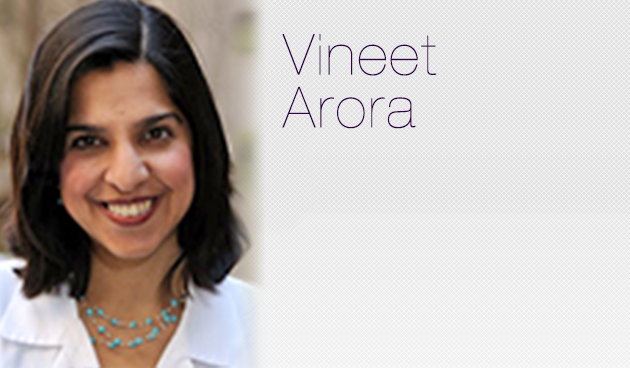What comes to mind when you think of getting CME? I bet most of you would say sitting in an auditorium, whether that be during your local grand rounds or at our professional society meeting, like Hospital Medicine 16 in sunny San Diego this past March. Hanging out in the Twitterverse? Probably not so much… until now!
On Monday, July 11th, the Journal of Hospital Medicine will be hosting its 3rd Tweetchat. For those new to Twitter or to “tweetchats”, it is a block of time (typically an hour) on Twitter during which tweeters use a hashtag to engage in a dialogue about an issue. #JHMChat uses its one hour to engage in a dialogue about a particular article in the Journal of Hospital Medicine. We often choose an article that has implications for Costs of Care or Choosing Wisely and most importantly, could be practice-changing for hospitalists. While we have had some successful tweetchats on articles ranging from low utility labs to perioperative medicine, this Monday’s tweetchat offers an additional bonus for participants: the option to get Continuing Medical Education (CME) credit!
As we think about envisioning CME on Twitter, it’s worth considering the historical underpinnings of CME. CME actually has its origins in the 1920s, when visiting surgeons would travel to the Mayo Clinic to learn the latest in novel surgical techniques. Interestingly, the American Urological Association was the first professional group to mandate CME in 1934. Later in 1957, the American Medical Association codified CME guidelines and started issuing certificates for all physicians in CME. However, due to the need for independence from the AMA, the Accreditation Council for Continuing Medical Education was created in 1981 and remains the accrediting body for CME programs. While there has been much debate over assessment of physician knowledge, there is little controversy over the need for doctors to keep up with the ever-changing medical literature via CME.
The question, of course, is what is the best way for doctors to do this. After all, there has been a huge explosion of information to keep up with coupled with transformation of how doctors keep up with it. When I was last on service, my medical students actually noted that it was great to see that “their attending” (meaning me) was actually looking stuff up on rounds! I like to think I am not alone. After all, a recent study showed that hospitals with UpToDate appear to have slightly better patient outcomes than those that do not, and the effect was more pronounced in smaller, non-teaching hospitals.
Whereas doctors of yesteryear had to travel to meet face-to-face, technology is definitely changing that. Today’s physicians are often connecting through various online platforms to discuss cases and even crowdsource diagnoses. Just this past month, the Society of Hospital Medicine sponsored a challenge for hospitalists to compete in their diagnostic skills on a crowdsourcing platform called Human DX.
So where do Tweetchats fit in to this landscape? While early tweetchats were considered a place for technophiles and early social media adopters to congregate to meet others into Twitter (like #hcsm chat on healthcare communications and social media), there are literally hundreds of Tweet Chats now registered at Symplur, a website that serves as a directory of popular hashtags and tweetchats. The increasingly popular #meded chat, moderated by friend Ryan Madanick, just celebrated 5 years on Twitter! While #JHMChat is a relative newcomer to the world of chats, our early feedback from participants demonstrates that the opportunity to learn something new that results in a practice change is very high from participating in #JHMChat. That is probably more than I can say for an average CME activity I attend.
So, with that, #JHMChat aims to provide you with CME credit, but here is the catch. You have to sign up before the chat to get the evaluation and earn your one AMA PRA Category 1 Credit™. Click here to sign up.
Look forward to chatting more on Monday, July 11th, at 8 p.m. CDT (9 p.m. EDT) when @mahoneyr will join me as we discuss “As-needed intravenous antihypertensive therapy and blood pressure control.”
This post is dedicated to a longtime friend and CME social media extraordinaire, Dr. Alex Djuricich (@medpedsdoctor), who passed away last month but would have definitely smiled widely to know that we were combining his 2 of his professional loves, Twitter and CME. Read our tweetchat transcript tribute of him here.



Leave A Comment